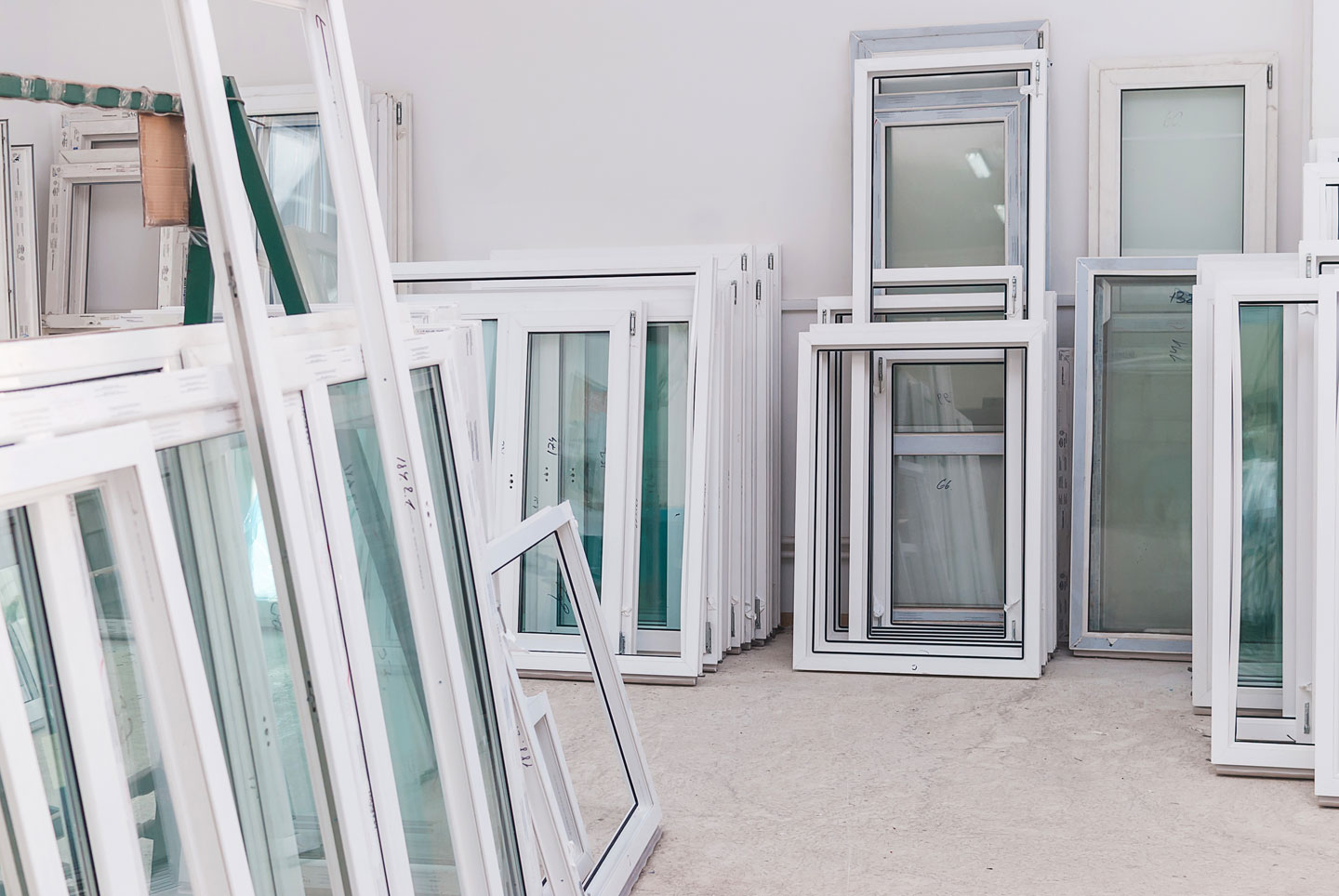
Transform Your Home's Energy Efficiency: The Ultimate Guide to PVC Replacement Windows
In the quest for enhancing energy efficiency in homes, PVC replacement windows have emerged as a leading solution in the window industry. According to the Department of Energy, about 30% of a home's heating and cooling energy is lost through inefficient windows, emphasizing the urgent need for homeowners to consider upgrades. PVC, or polyvinyl chloride, is recognized for its durability, low maintenance, and exceptional insulation properties, making it an ideal choice for replacement windows. A recent report by the Fenestration and Glazing Industry Alliance (FGIA) indicates that properly installed PVC windows can reduce energy lost up to 50%, effectively lowering utility bills and improving overall home comfort. As homeowners increasingly seek sustainable options, PVC replacement windows stand out not just for their performance, but also for their potential contribution to reducing carbon footprints. Embracing this energy-efficient upgrade is not just an investment in comfort, but a crucial step towards a more sustainable future.
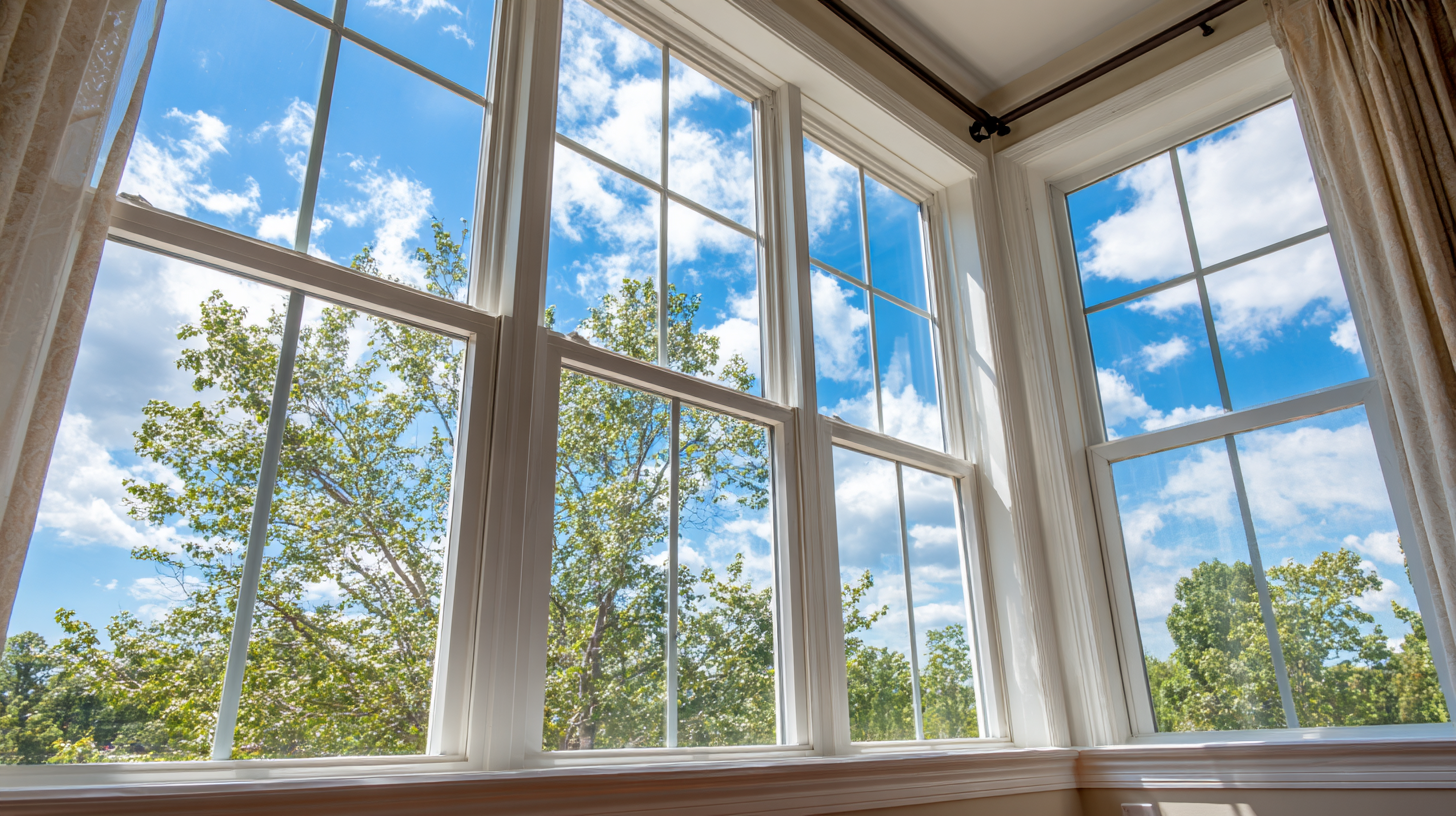
Understanding the Benefits of PVC Replacement Windows for Energy Efficiency
When considering home improvements, energy efficiency should be a top priority. PVC replacement windows offer numerous benefits that can significantly enhance your home's energy performance. These windows are designed with insulation properties that help minimize heat transfer, keeping your home warm during winter and cool in summer. As a result, homeowners can enjoy lower energy bills while maintaining a comfortable living environment.
Tips for choosing PVC replacement windows include looking for models with a high Energy Star rating, as these products meet specific energy efficiency criteria. Additionally, consider windows with double or triple glazing, which provide better insulation than single-pane options. Another key aspect is to ensure proper installation; even the best windows can underperform if not fitted correctly, so it’s wise to hire a certified professional for the job.
In addition to their energy-saving properties, PVC windows are also low-maintenance and durable, making them an attractive option for any homeowner. The material resists corrosion and fading, ensuring that your windows will look great and function well for years to come. When upgrading your windows, prioritize quality and efficiency to transform your home’s energy usage effectively.
Transform Your Home's Energy Efficiency: The Ultimate Guide to PVC Replacement Windows
| Feature | Benefit | Energy Savings | Lifespan |
|---|---|---|---|
| Thermal Insulation | Reduces heat loss in winter | Up to 30% on heating bills | 20-25 years |
| Low-E Glass | Blocks UV rays and reduces glare | 15-20% reduction in cooling costs | 15-20 years |
| Air Tightness | Minimizes air leaks | Up to 25% on overall energy costs | 20-30 years |
| Sound Insulation | Reduces outside noise | Improved comfort, no specific savings | 20-25 years |
| Maintenance-Free | No painting or sealing required | Saves time and money on maintenance | 30+ years |
How PVC Windows Compare to Traditional Window Materials
When considering home energy efficiency, the choice of window materials plays a critical role. Traditional window materials such as wood and aluminum have long been popular, but they come with significant drawbacks. Wood windows require extensive maintenance and are susceptible to rot, while aluminum frames can lead to significant thermal transfer, making homes less energy-efficient. This is where PVC windows shine; they boast enhanced insulation properties and are resistant to weathering, offering a durable and low-maintenance option.
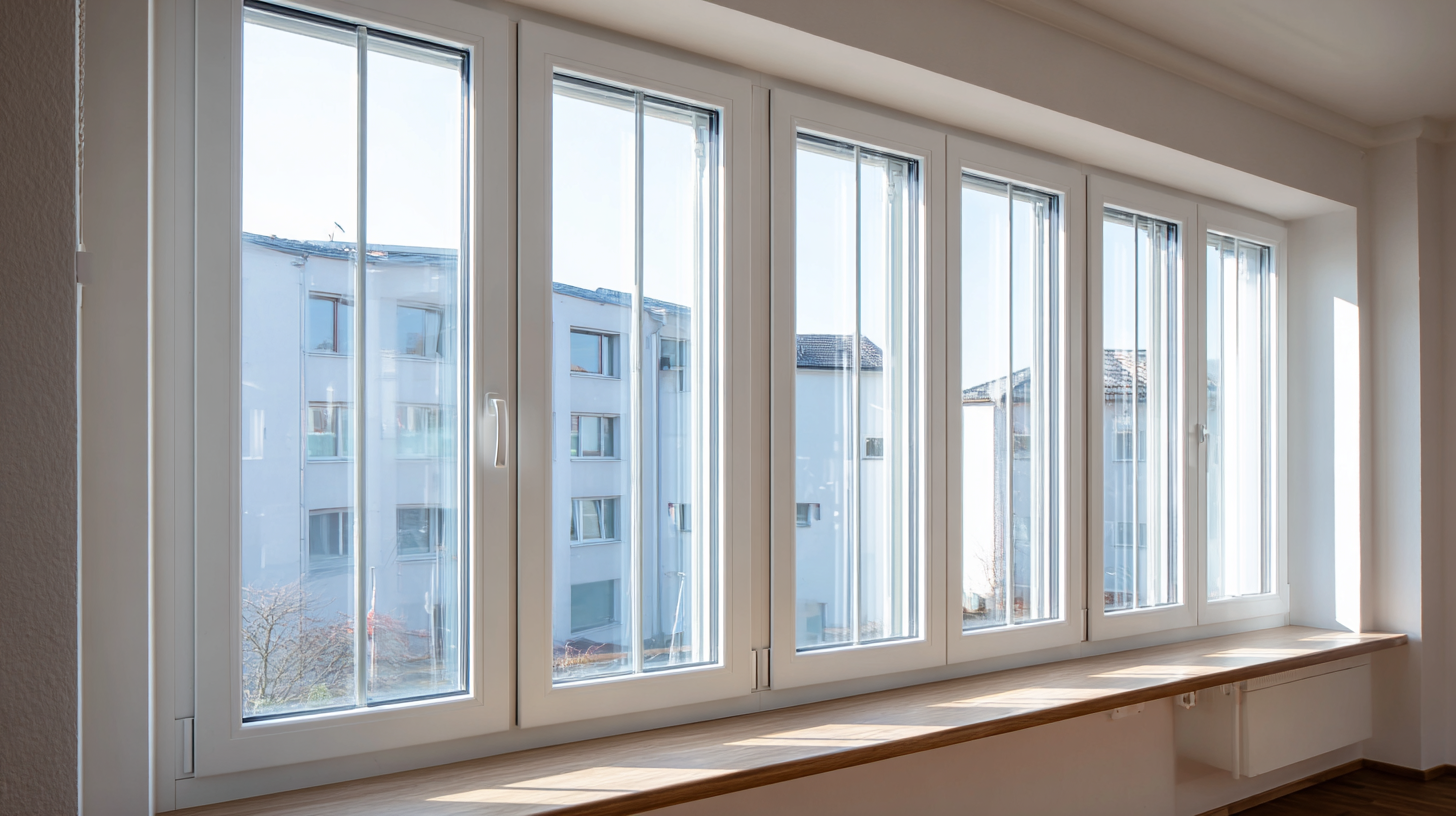
PVC (polyvinyl chloride) replacement windows provide excellent energy efficiency due to their multi-chambered frame structure, which helps trap air and reduce heat transfer. Unlike traditional materials, PVC does not conduct heat, allowing for better temperature regulation within the home. Moreover, these windows are available with high-performance glazing options, further improving their insulation values. In addition to their practical benefits, PVC windows come in a variety of styles and colors, allowing homeowners to maintain aesthetic appeal while boosting energy efficiency. Overall, choosing PVC windows over traditional materials represents a forward-thinking investment in both comfort and sustainability.
Key Features to Look for in Energy-Efficient PVC Windows
When considering energy-efficient PVC replacement windows, several key features should be prioritized to ensure maximum performance. First and foremost, look for windows with a multi-chambered frame structure. This design enhances thermal insulation by trapping air in the chambers, reducing heat transfer and maintaining comfortable indoor temperatures year-round. Additionally, ensure that the PVC material used is of high quality, as it contributes to durability and better resistance against weather elements, which indirectly influences energy efficiency.
Another important aspect to consider is the type of glazing used in the windows. Double or triple glazing with low-emissivity (Low-E) coatings significantly improves thermal performance. These coatings reflect heat back into the home during winter while keeping heat out during the summer, promoting a stable indoor climate. Furthermore, the gas fill between panes, such as argon or krypton, can further enhance insulation properties. Combine these features with an effective weatherstripping system to minimize air leaks, and you’ll have a set of PVC windows that not only helps lower energy bills but also contributes to a more sustainable home environment.
Installation Tips and Best Practices for PVC Replacement Windows
When considering the installation of PVC replacement windows, taking the right approach can significantly enhance energy efficiency and the overall aesthetic of your home.
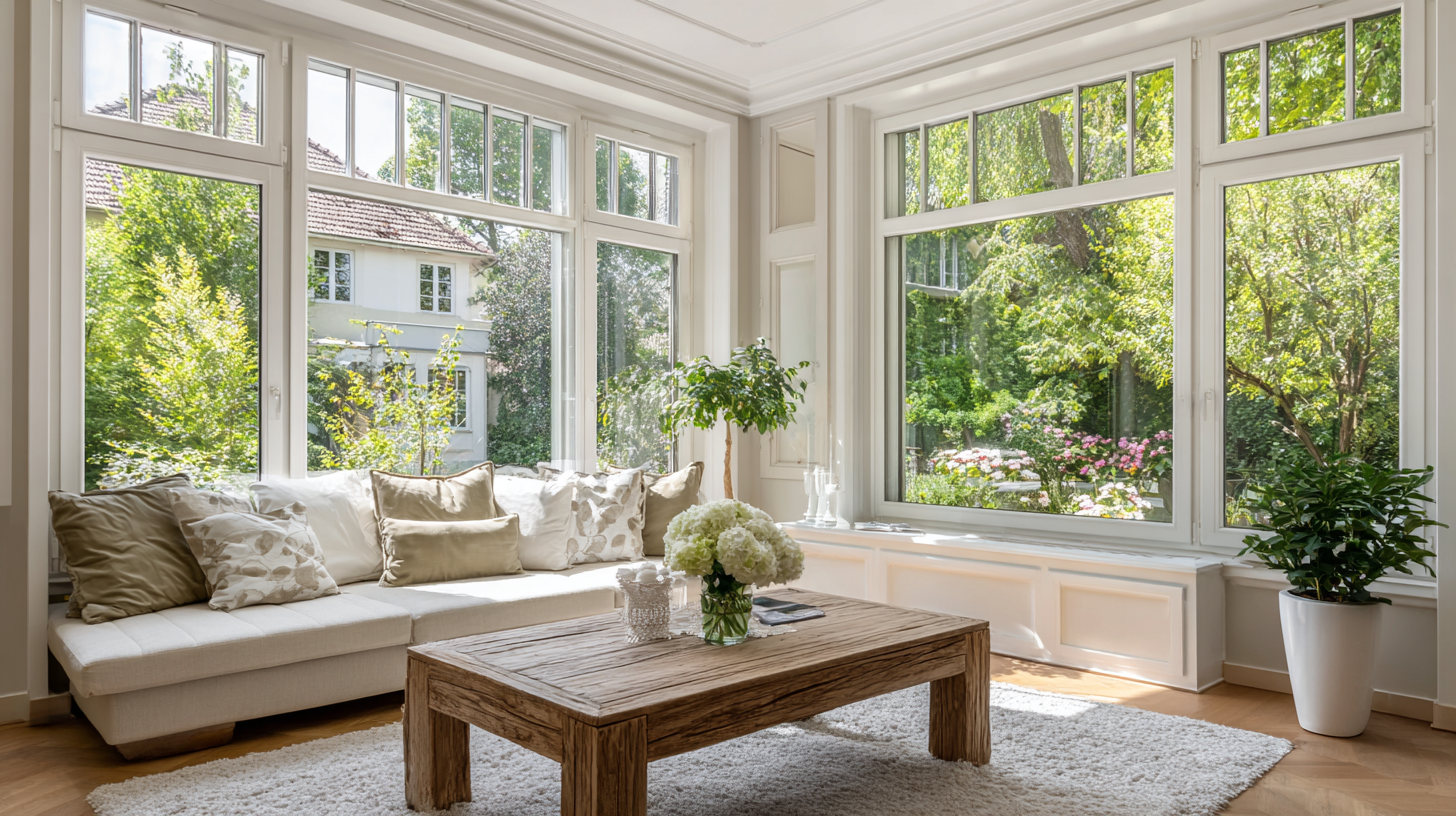 Firstly, ensure you measure your existing window openings precisely. Accurate measurements are crucial to avoid gaps that can lead to air leaks and decreased thermal performance. Additionally, choose windows with a good energy rating, preferably those that feature double or triple glazing and low-E coatings, which help reflect heat while allowing natural light to enter.
Firstly, ensure you measure your existing window openings precisely. Accurate measurements are crucial to avoid gaps that can lead to air leaks and decreased thermal performance. Additionally, choose windows with a good energy rating, preferably those that feature double or triple glazing and low-E coatings, which help reflect heat while allowing natural light to enter.
Once you have your windows ready, proper installation is key. Begin by removing the old window frame carefully to avoid damaging surrounding structures. Use high-quality flashing tape to seal around the window frame, which will prevent water infiltration. When fitting the new PVC windows, ensure they are level and square to provide a snug fit. Finally, caulking around the edges will help create a tight seal, further enhancing energy efficiency. Following these best practices will not only improve your home's insulation but also pave the way for long-term savings on your energy bills.
Cost Analysis: Long-Term Savings with PVC Windows Replacement
Investing in PVC replacement windows can lead to significant long-term savings on your energy bills. According to the U.S. Department of Energy, energy-efficient windows can reduce heating and cooling costs by 7% to 15% annually. This translates to saving an average of $126 to $465 per year for a typical home, depending on factors such as location and energy consumption patterns. With rising energy prices, these savings can quickly add up, making the initial investment in PVC windows well worth it.
Moreover, a study by the National Fenestration Rating Council (NFRC) indicates that homes equipped with high-performance windows can save up to $500 a year when compared to homes with outdated single-pane windows. PVC windows are particularly effective due to their excellent insulation properties and ability to minimize heat transfer, leading to lower energy consumption year-round. By prioritizing PVC replacement windows, homeowners not only enhance their property’s energy efficiency but also secure their financial future against fluctuating energy costs.
Related Posts
-

How to Choose the Best Windows and Patio Doors for Your Home
-
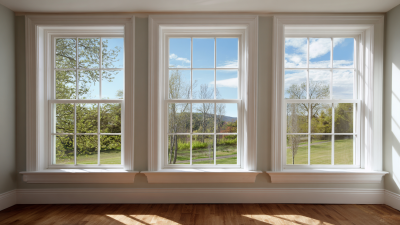
The Advantages of After Sales Support for Best Single Hung Vinyl Windows and Their Repair Costs
-

The Future of Best Window Installation Trends Shaping Energy Efficiency Standards
-

Advantages of Choosing Single Hung Vinyl Windows for Your Home
-

How to Choose the Right Window Installation for Your Global Supply Chain
-

How to Choose the Right Insert Windows for Your Home Renovation Project

